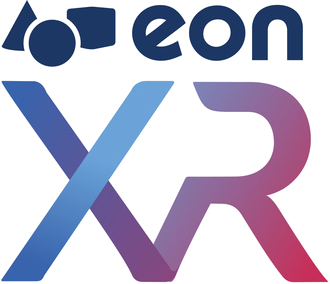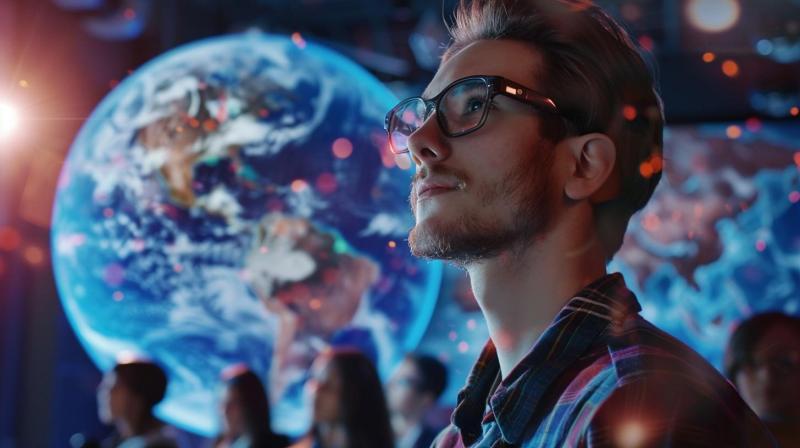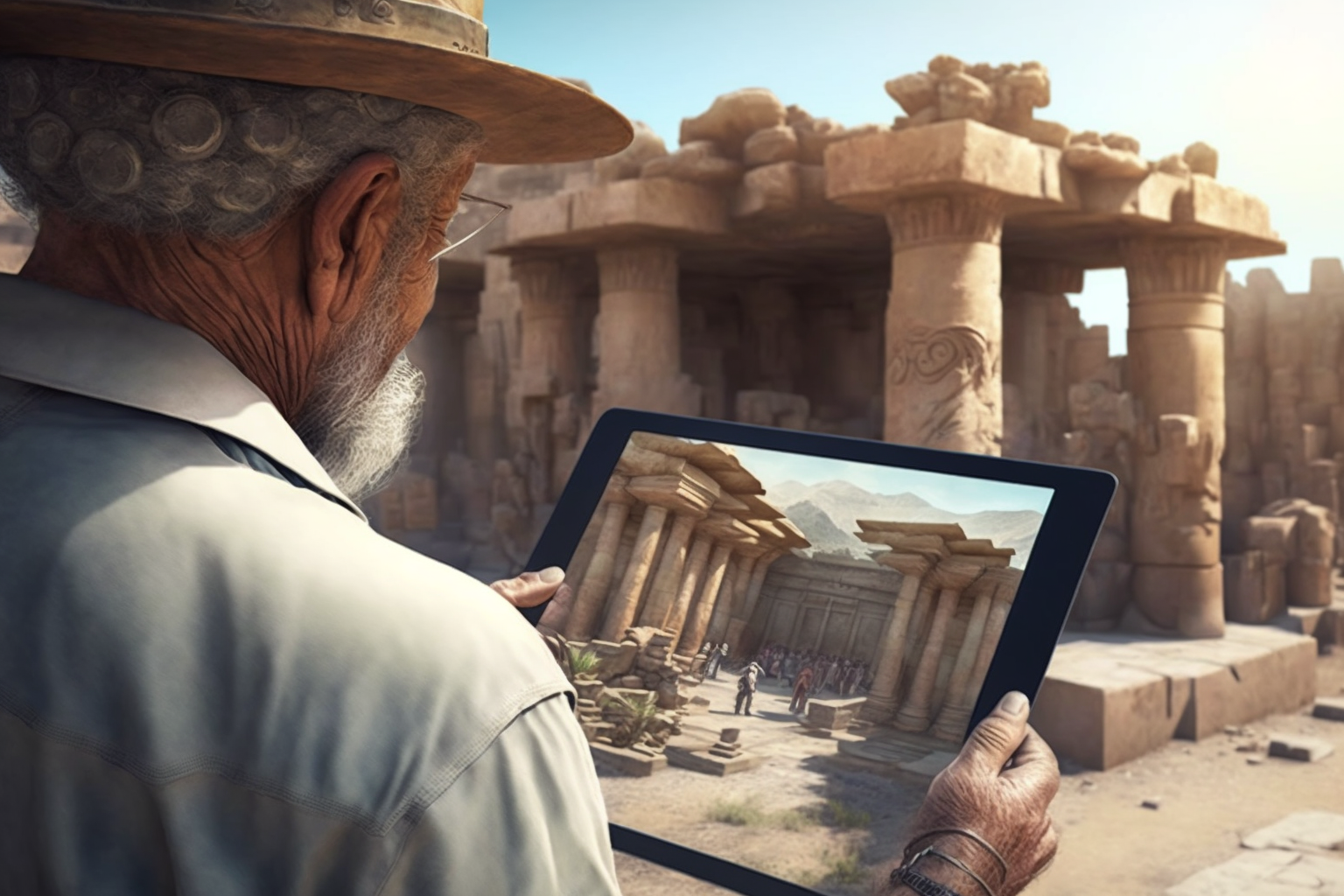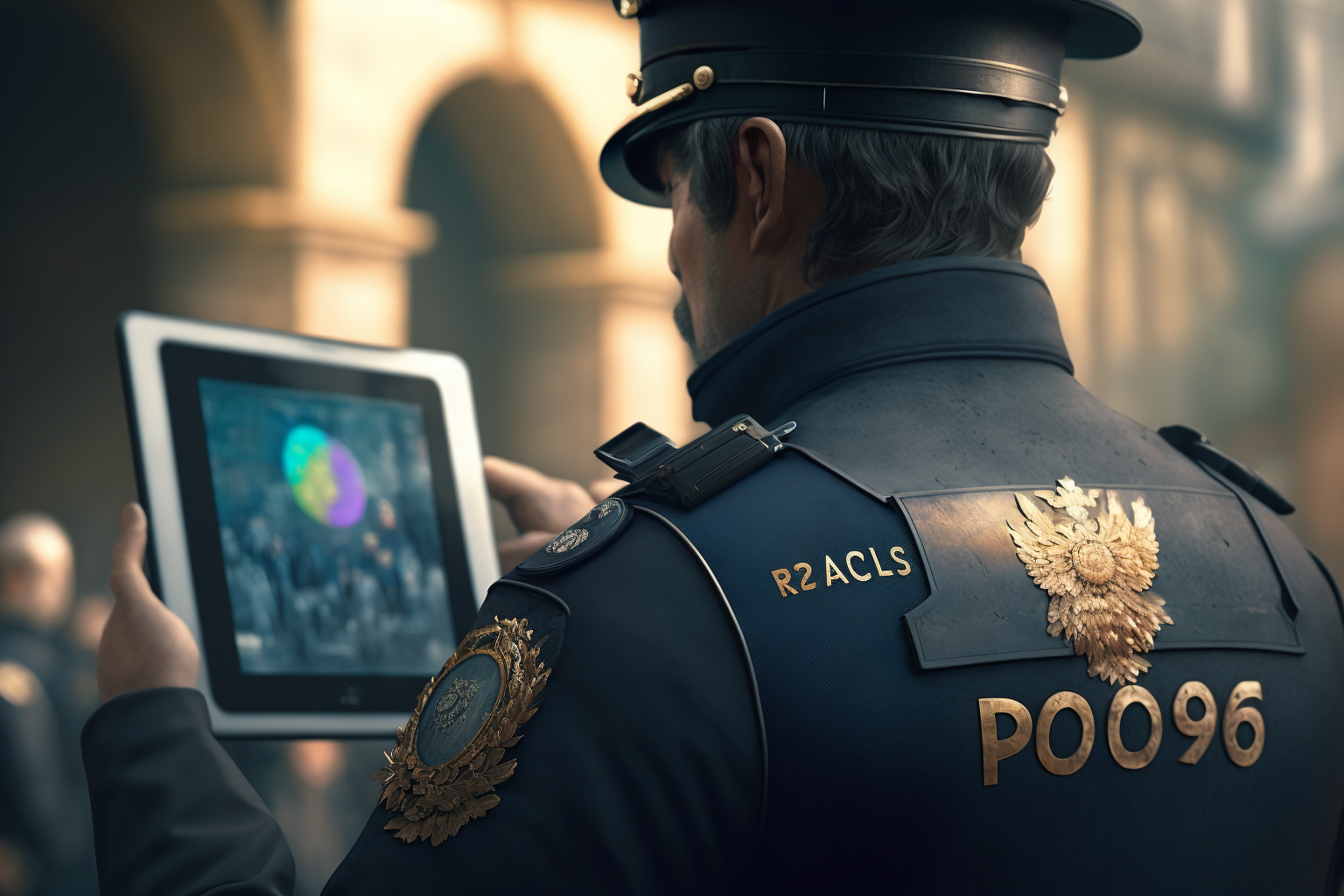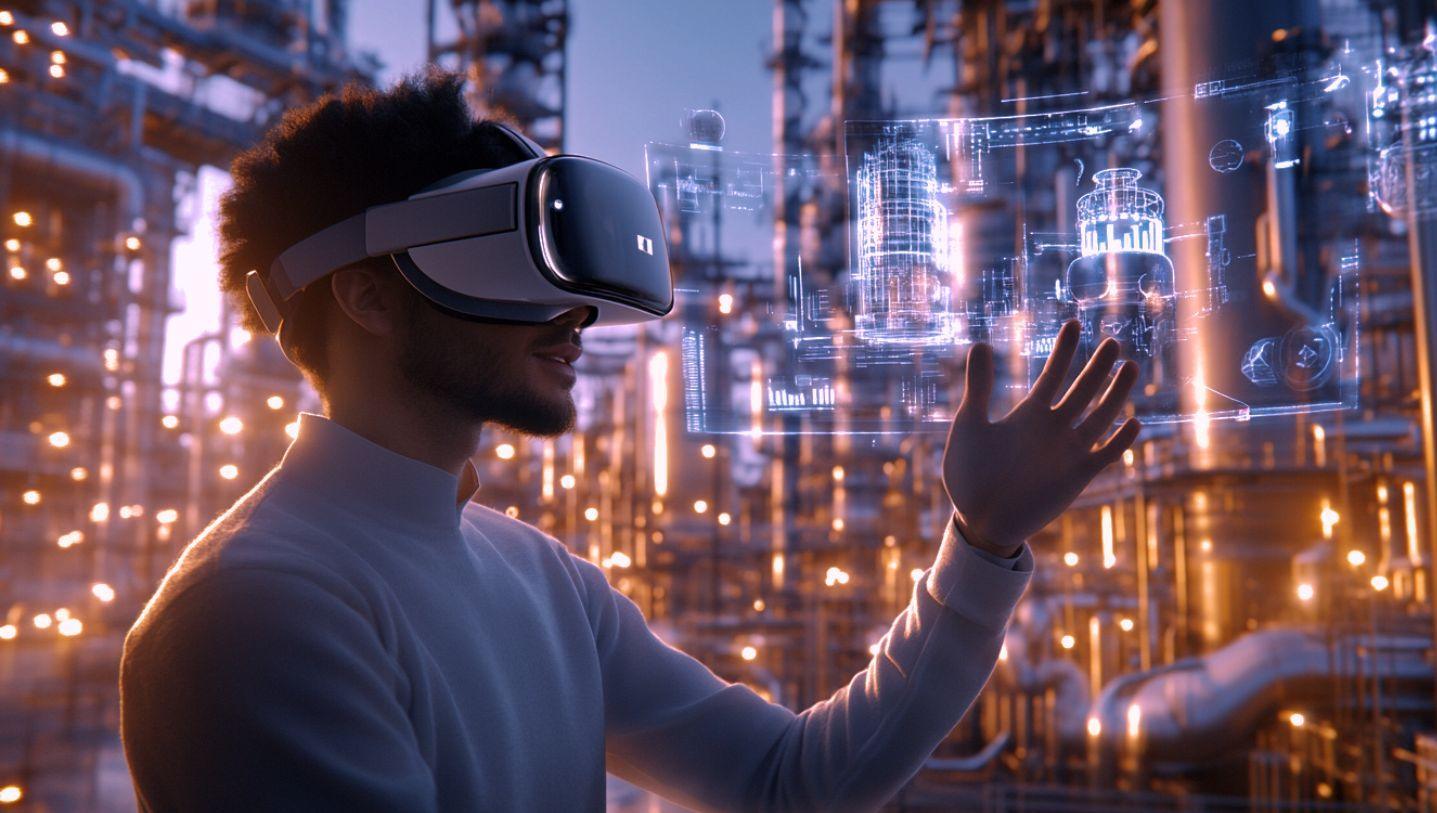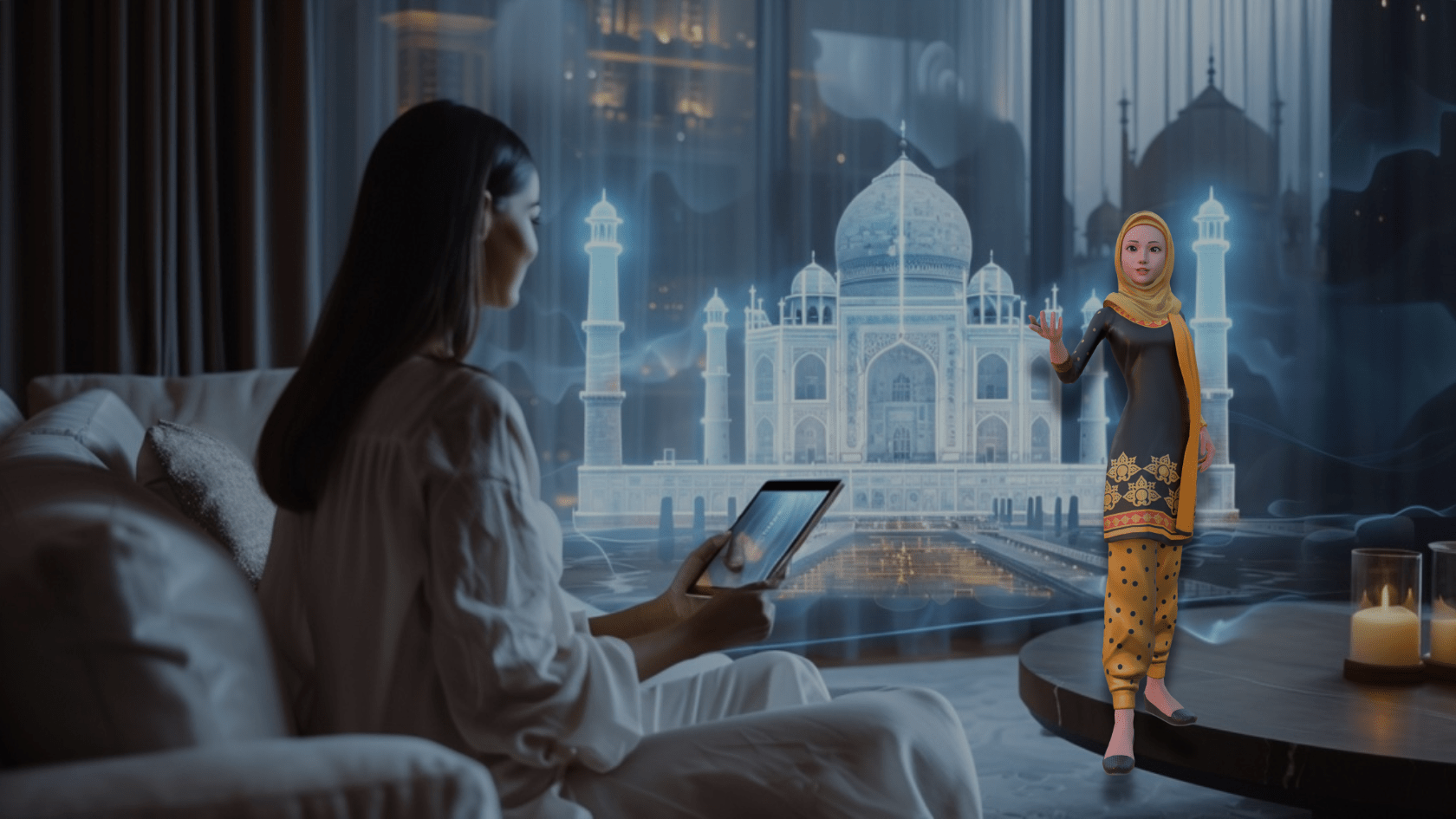![]() While consumer-focused verticals such as gaming continue to control the virtual reality (VR) landscape, device usage is spiking in education as the devices foster a more immersive, effective learning environment, research has shown.
While consumer-focused verticals such as gaming continue to control the virtual reality (VR) landscape, device usage is spiking in education as the devices foster a more immersive, effective learning environment, research has shown.
ABI Research has found that business to business to consumer (B2B2C) VR device shipments will account for 90{0fab034ea82b07661647ea8532e9066bcdd529bddfd482414d4493f90063c904} of shipments in the education market vertical.
“VR allows educational facilities to provide a level of immersion and interactivity to their teaching services that would not be possible otherwise,” said Shelli Bernard, research analyst at ABI Research. “Through initiatives like Google Expeditions and zSpace, students can explore notable landmarks in foreign countries or inaccessible locations like space from the comforts of their classroom. The technology opens the doors to a new way to visualise data and conduct research.”
VR devices offer teachers new tools to keep students engaged and provide an alternative learning method to support those students who do not benefit from traditional teaching methods. The use of VR devices in the classroom can also improve safety, as students can now learn about harsh chemicals in the sciences, for instance, without actually exposing themselves to any harmful risks, said ABI, as well as looking inside the human body using software from the likes of EON Reality.
Read the full story here.



